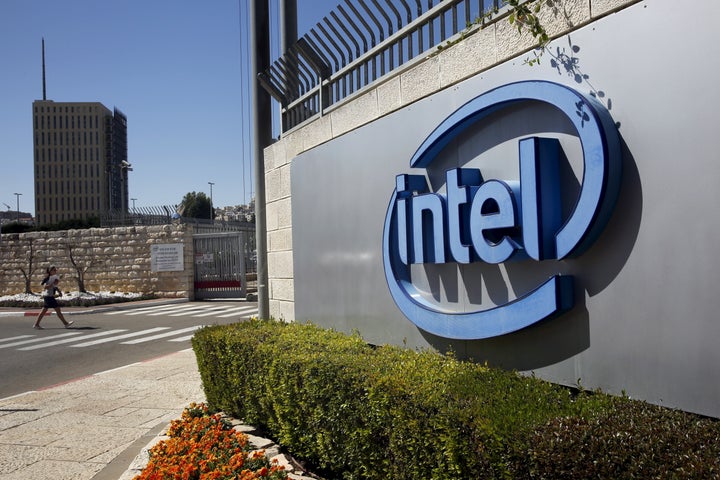
If last month’s Intel announcement and the wave of other recent tech company layoffs tell us anything, it’s that technology is outpacing the rate at which companies are able to adapt and evolve their workforces. And judging by the constant flurry of employment (and unemployment) reports coming out of established companies and startups alike, it would seem that companies only have two courses of action in response to evolving technology: 1) Lay off the vast number of employees who are no longer relevantly skilled. 2) Go on a frenzied hiring spree in the quest for new employees with essential emerging skills.
But are these two extremes really the only options for tech-driven (or tech-affected) companies dealing with changing needs? Mass layoffs are often so drastic and unanticipated that it can seem as though companies must be responding to in-the-moment change—change that has come about so suddenly that leaders had no time to plan a more strategic and thoughtful approach. In reality, however, that’s rarely the case.
Take Intel. Experts trace its current struggles all the way back to business decisions made in 2005 about the future of mobile. That means that for some good part of the last decade the company has slowly been watching the development of the mobile revolution that would ultimately lead to the firing of 11% of their workforce (approximately 12,000 workers). Seen through that lens, the company’s layoffs weren’t an emergency recalibration in the face of immediate, unexpected innovation.
While there are no doubt technology innovations that result in spontaneous business revolution—or instantaneous collapse—these are decidedly not the norm. Even in the rapidly evolving world of technology change doesn’t happen so fast that the average company doesn’t have the time to plan for and anticipate the consequences of change on their current workforce. But like Intel, even the best companies are falling short when it comes to vision-based talent strategy and planning for change they’ve seen coming for years.
Those who do take years to carefully plan their business evolution often still behave carelessly when it comes to the talent aspect of their strategy. It would seem their approach is this: When the time comes, we’ll get rid of everyone associated with the dying part of our business, and we’ll hire completely afresh for this new business direction.
Case in point, Blackberry. In February, the company announced that, as part of its turnaround plan, it would not only be laying off approximately 200 employees, but that it would also be “actively recruiting in those areas of our business that will drive growth.”
Many of us criticize companies for this flawed approach, which is why mass layoffs tend to go hand-in-hand with whodunnit–type conspiracy theories that aim to lay the blame on poor or malicious company leadership. But the real culprit highlighted by recent layoffs isn’t so easily singled out at the company level; rather, it’s a wide-reaching system error.
Constant employment flux is the consequence of a world of work that is changing more quickly than the current methods of communicating about and evaluating work. We’re all programmed to speak in terms of job titles and positions. Yet in the current environment, new roles and positions are constantly emerging that have never before existed. Employers are left scrambling to define their new talent needs in the language of old roles but with new responsibilities. The result is a role that’s never before existed and therefore a role that appears on no one’s resume. Working with an antiquated language of work, there’s no obvious method of qualifying candidates for it.
As old industries fade, new ones emerge and the world of work acts in response to both, it’s essential that we introduce universal terms for all employment opportunities, so that every position, even the newest ones, has some relation to what came before. It’s just as essential that workers can communicate their value and relevant experience beyond their past job titles and positions, so as to create a connection between past work and new opportunity.
The answer lies in breaking down all employment positions into the isolated skills that contribute to success in a given role. Equipped to express their needs in terms of skills instead or irrelevant job titles and positions, companies would quickly realize that the skills they’re looking for might exist in candidates who’ve acquired them through a diverse range of past positions—and perhaps unexpected—roles and work experiences. With the blinders now off, they’re able to consider extremely qualified talent they might not have otherwise thought to pay attention to.
At the same time, workers would be able to communicate their value in a way that transcends job titles, industries and other factors that have traditionally type-casted them for success (or not) in a limited pool of positions.
Now think about all of this in terms of recent layoffs. Had these employers had visibility into their employees’ skills beyond their current positions, it’s likely they would have seen an entirely different picture of their workforce—one comprising a number of employees who were relevantly, or nearly relevantly, qualified to fill new roles. Instead of spending the money on mass severances followed by large-scale recruiting efforts, they could have focused on developing existing employees’ skills for success in the next phase of the company.
The implications of a skills-based work system are vast—from minimizing the need for layoffs and talent scrambles to eliminating discrimination and bias in hiring and decreasing US companies’ need for offshored workers
With visibility into individual skills and broader skillsets, employers and employees gain clarity on the skills they need and the skills they already have—and where those two things overlap. Without this information, on the other hand, companies’ only option will continue to be the expensive and inefficient approach of blowing everything up and starting over again.
